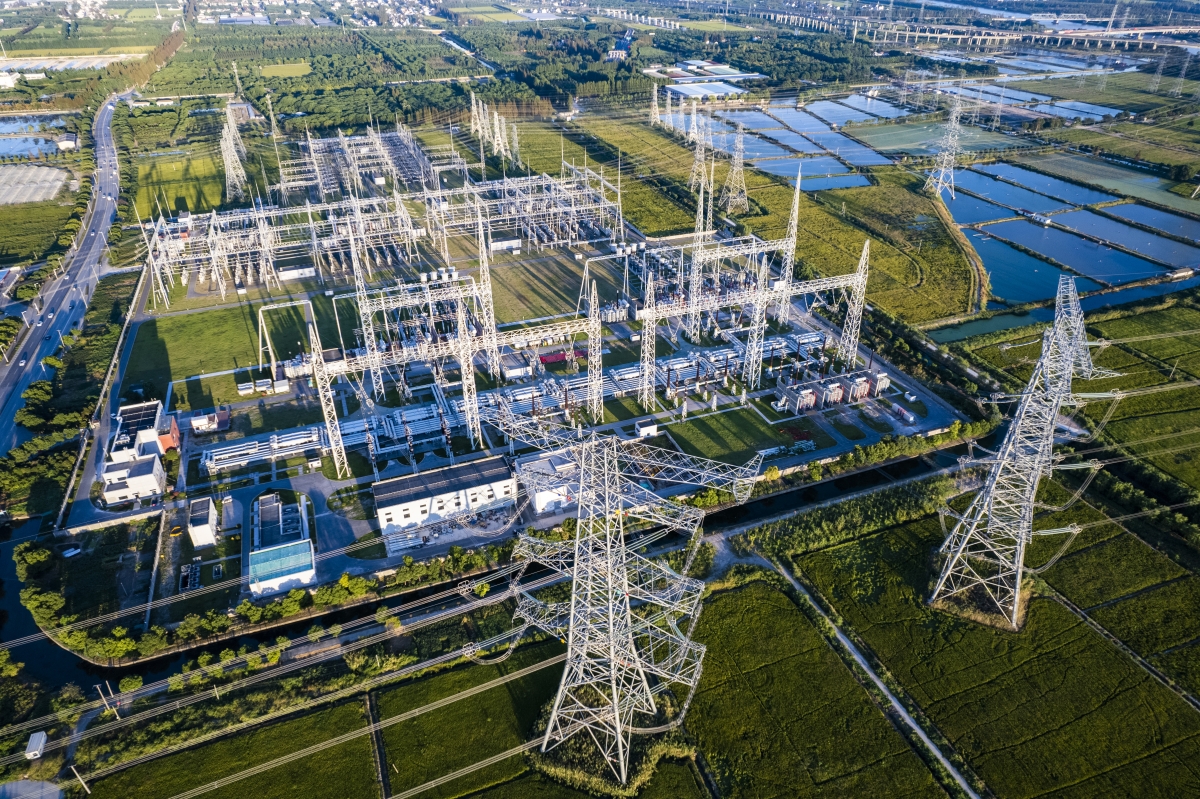China’s National ETS and the Power Market: How the ETS Can Achieve Significant Emission Reductions
Issue Paper

By Yan Qin, Alistair Ritchie, and Yi Chen
China’s newly established national emissions trading system (ETS) is intended to serve as the primary tool in assisting China in meeting its "dual carbon" target of CO2 peaking before 2030 and carbon neutrality by 2060. It is the largest ETS globally, accounting for 40 percent of China's CO2 emissions and more than 10 percent of worldwide emissions, with the potential to double its current size once industrial sectors are added. In its initial phase, it covers the power sector, particularly more than 2,000 enterprises operating coal- and gas-fired power stations. However, some critical challenges need to be overcome before the ETS can fulfill its emissions reduction potential in the power sector by driving fuel switching away from coal and toward renewables and low-carbon fuels through the carbon price.
China's National ETS and The Power Market: How the ETS Can Achieve Significant Emission Reductions examines these challenges in relation to both the ETS itself and its interactions with the power market. It also proposes a policy pathway to address these challenges and unlock their potential to drive significant and cost-effective CO2 emissions reductions in the power sector and raise large amounts of revenue to fund the transition to carbon neutrality across the expanding ETS sectors.
